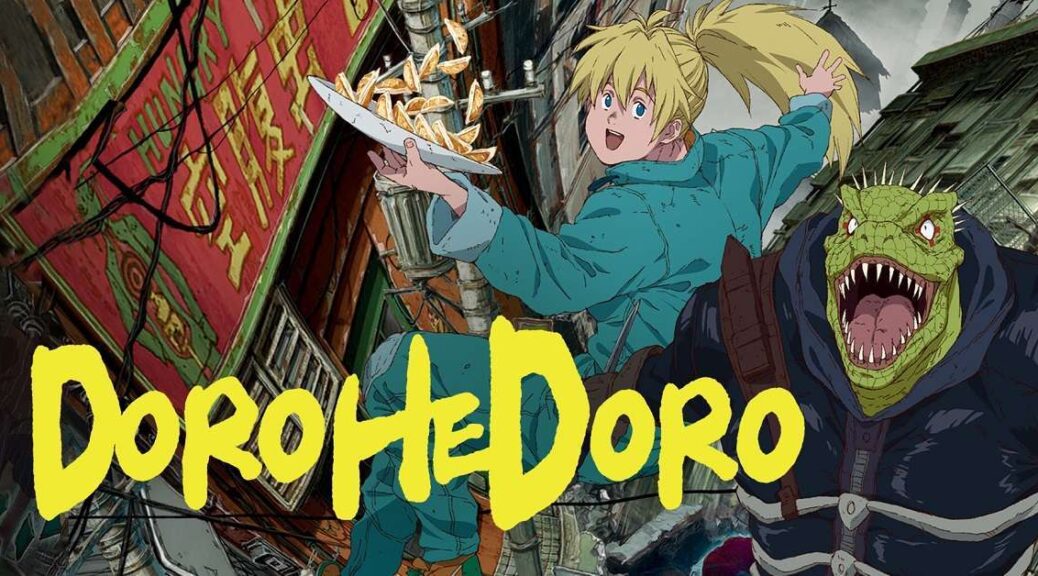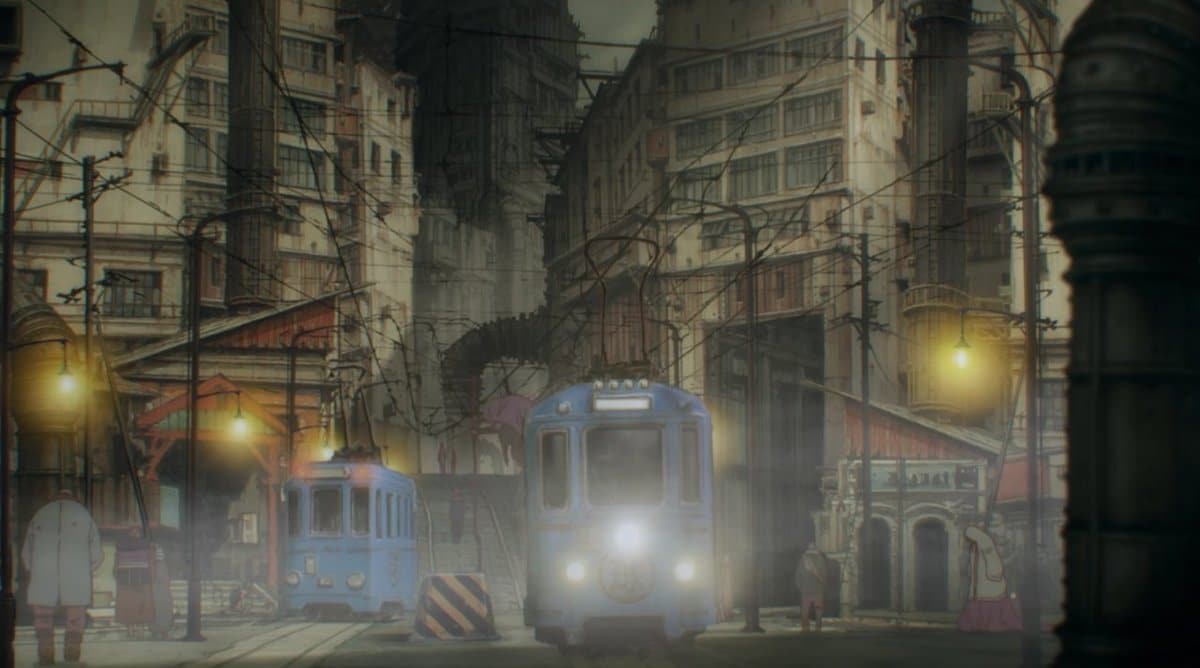
Why Is Dorohedoro CGI?
Dorohedoro uses CGI because the source material has a very distinct rough aesthetic with detailed art that can be hard to adapt in traditional 2D animation. Also, Dorohedoro has a modest budget so using CGI helps saves money.
Why is Dorohedoro So Weird?
Dorohedoro is a weird anime because it blends many genres together and has a fast pace while giving the audience only small pieces of information.
Dorohedoro is a unique blend of horror, action and comedy with a touch of fantasy to it. This blend would normally be a mess but Dorohedoro somehow manages to pull it off.
The mystery is also enticing and well grounded into the story despite the fact that the audience gets disjointed bits of information. It can seem like a mess and yet also captivating because the setup is intriguing and the pace is so fast.
Dorohedoro is a quirky series and the use of CGI brings interesting results.
Brief History of CGI in Anime
CGI (which stands for Computer Generated Imagery) has been divisive in anime.
CGI has been seen by many in the anime community as an inferior alternative to traditional animation.
The first notable use of CGI in anime was 1983 film Golgo 13: The Professional. However, it was Ghost in the Shell (1995), where CGI became more popular. Ghost in the Shell was able to use CGI to really enhance the effects animation and it worked out well.
CGI was then used for effects but it took time before CGI was used to portray actual objects and people.
Everything changed when Polygon Pictures came into the picture. They fully embraced and integrated CGI in their works and made alot of anime with CGI, such as Knights of Sidonia (2014) and Ajin (2016).
Most of the time CGI is used in anime, it looks awkward and out of place. One famous example of this is the CGI used in the 2016 adaptation of Berserk, which was downright awful.
However, there is one studio in recent memory that has done CGI right and that is Studio Orange. Studio Orange is responsible for Land of the Lustrous (2017) and Beastars (2019).
Click HERE to read more about the CGI in Beastars.
Results for CGI have been mixed and it’s still not as widely accepted among the anime community.
Background
Dorohedoro is based on a manga written by Q Hayashida. The art style is sketchy and densely detailed, which is why many feel it would’ve been difficult to accurately portray frame for frame in animation.
It was adapted into a 12 episode anime by Studio MAPPA.
MAPPA was able to capture the atmosphere of the manga and stay faithful with the story. MAPPA doesn’t specialize in CGI but it was able to do a good enough job.
Dorohedoro was directed by Yuichiro Hayashi.
Hayashi directed the first season of Kakegurui (2017) and delivered amazing storyboards that really sold the show.
Hayashi does a great job of adapting the original work and many of its more surreal moments. His shot composition, use of 3D space and even first person perspective shots give the show a very lively feel.
Hayashi was also able to keep the level of graphic violence and gore the manga is known for.
Is the CGI in Dorohedoro Good?
The CGI in Dorohedoro looks clunky and awkward at first but as the series progresses, it becomes less noticeable and works in certain areas.
CGI models for the main characters may not be perfect but Dorohedoro does a great job of blending the CG models with art director Shinji Kimura’s beautiful 2D art and backgrounds.
There are alot of good shots and the coloring of the CGI model makes it look like your watching 2D animation.
Where the CGI in Dorohedoro falls flat is the action scenes. The 3DCG sticks out like a sore thumb and becomes an awkward blend of CGI and drawn animation. For example, Nikaido’s fight with Noi is janky and the use of slow-mo used to convey a “dynamic feeling” is not conveyed perfectly.
Despite this, it was still a good idea to go with CGI for the actions scenes. This is because certain action scenes would’ve been too difficult to keep up with using a standard animation team.
One particular scene that stands out is Noi removing her outfit/mask. It’s really great CG work.
Caiman’s short encounter with Shin, for example, seem especially fluid and the camera work is really good.
Dorohedoro’s Background Art is Amazing
If you are not a big fan of the CGI, the background art makes up for it.
The art director for Dorohedoro is world-famous artist Shinji Kimura.
Kimura is responsible for the background art of Akira (1988), My Neighbor Totoro (1988), Angel’s Egg (1985), Blood Blockade Battlefront (2015), Tekkonkinkreet (2006) and many more.
Kimura is one of the best background artist/art directors in the business and provided alot of gorgeous art in Dorohedoro.
Dorohedoro is violent and dark. It has a surreal and unpolished artistic style that gives you the feeling of being dirty and visceral, using elements such as magic, demons, curses, accompanied by comedy and dark humor, all with a steampunk aesthetic and that some might define like gothic-cyberpunk.
Kimura was able to portray the ruined cityscapes, dingy alleyways and smog billowing industrial shots or the extremely colourful take on the World of Sorcerers with its crazily detailed gothic architecture very well.
The level of detail and colors used is also done splendid. The story takes place in a hole so there is alot of gray and it has a muddy feel. However, the background art kept it interesting to keep watching.
The opposite of the gloomy hole is the sorcerer world and is painted as a happier place with vibrant colors and attractive costumes.
Conclusion
MAPPA may not be a CGI specialist like studio Orange or even Polygon but it manages to do an above average job when it comes to the CGI in Dorohedoro. Studio Orange production like Beastars and Houseki no Kuni really benefit from having some entire shots and environments rendered in CG, allowing things to blend more easily.
Even if the CGI is not perfect, Dorohedoro is a good anime that has alot to offer.

